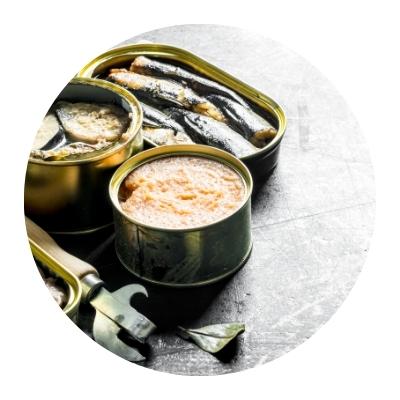The fat from the Pata Negra ham

Are you one of those who remove the fat from pata negra ham because you think it is unhealthy? Well, we are sorry to tell you that you are making a mistake, since each slice of pata negra ham has a portion of fat that enhances its flavor and, in addition, provides other nutritional benefits. Read on to find out why you should not remove the fat from pata negra ham.
Types of fat in Iberian ham
First of all, we must differentiate between edible fat and fat that you should avoid.
Edible fat is usually white or pinkish and is right next to the meat of the ham. Its texture in the mouth is pleasant and its flavor is unequaled. This fat provides juiciness. This fat is known as intramuscular fat and the more it shines, the higher the quality of the pata negra ham.
On the other hand, the fat that should not be eaten is the yellowish fat found on the outside of the ham. This fat also marks the quality of the product, since the less fat of this type a pata negra ham has, the higher the quality. This fat is called covering fat.
Differences between the fat of pata negra ham and cebo ham
As you may already know, pata negra ham comes from pigs raised and fed naturally in the pasture, based on acorns, while cebo ham comes from pigs whose main feed is natural cereal-based feed.
For this reason, the texture of pata negra ham is smoother, coming almost entirely from acorns, and its composition is similar to that of olive oil, containing little saturated fat and much protein and oleic acid.
Other properties of pata negra ham fat
Nutritionists advise the consumption of pata negra ham as part of a healthy diet, partly because its fat contains calcium, phosphorus, magnesium, iron and vitamins B1, B6, B12 and E.
This fat, having oleic acid, is even beneficial for reducing levels of bad cholesterol or LDL.
SHARE:





